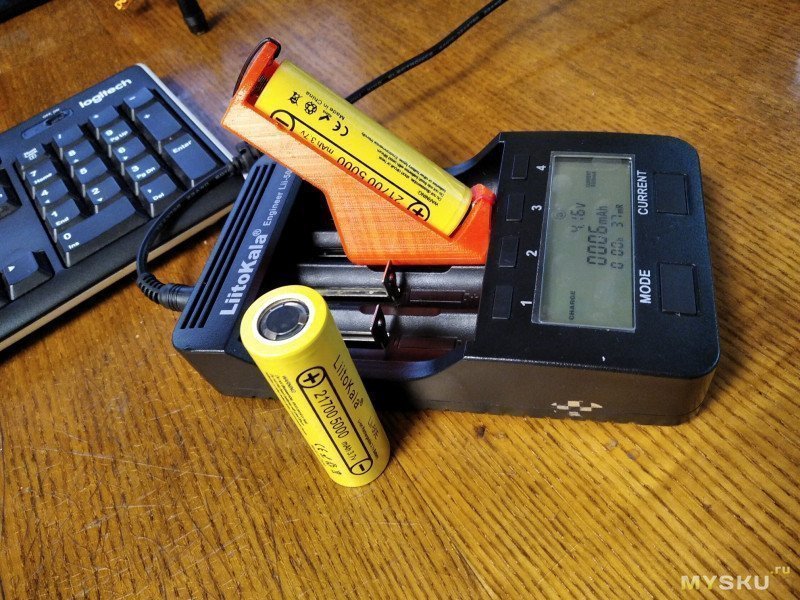What I want in a charger…
Display for each slot including voltage, current, mah charged (and discharged if feature present) / Internal resistance of the battery
Proper LED indicator coloring. Red = Charge, Green = Full, Blue=Discharge? I just don’t want to see Red charge Blue full etc.
Temperature sensing to cut off charging on overtemperature of cell
Capacity test, discharge test, charge / discharge & measure / charge test… Basically what the Opus chargers do for testing batteries
Minimum of 1 amp on all slots
Dual stage spring so small cells have sufficient tension.
Ability to handle NiMHs (Talking about D sized batteries here)
Multiple power inputs. USB-C is ok, but also have like 12v in to provide higher charge rates and mobile charging from vehicles, solar generators, etc.
Discharge to storage charge option
2, 4, and 8 slot options, with all features available in all slots (i.e. not like the VC8 with only 4 slots having most of the functions. I would pay more to have all 8 slots work the same as the left 4)
If you really wanted to go over the top you could have some PC connectivity options.
Obviously fits all the batteries, just got a protected 21700 which fits in none of my chargers but at least has USB charging on the cell. Still, I can’t do a capacity test and label the battery to later compare it’s initial capacity after years.
Audible tones like the Dragon VC4 has are useful. Also power bank function might be useful, though I’ve only used it to drain cells down to a storage charge manually.
I have > 300 lights and about as many batteries, so the semi annual battery maintenance chores have me wanting multiple good 8 slot chargers.


